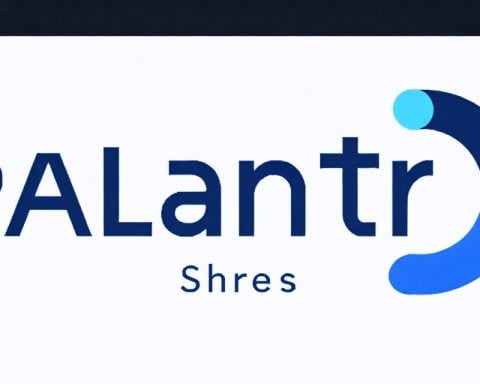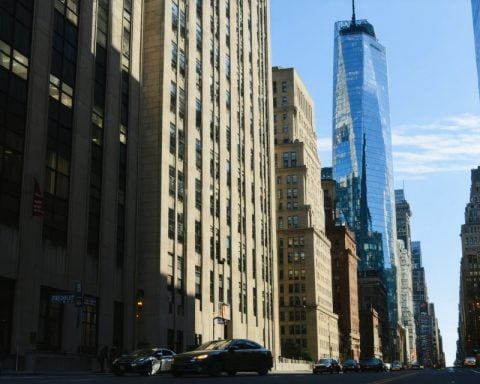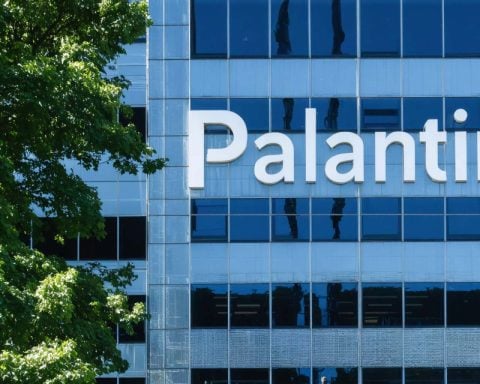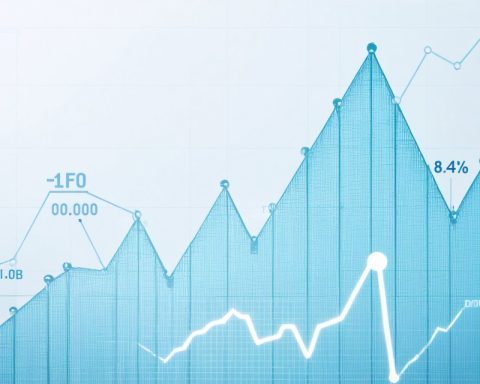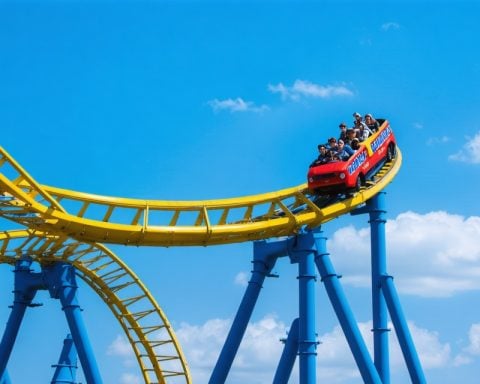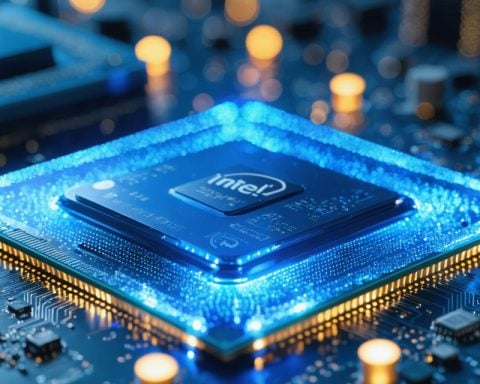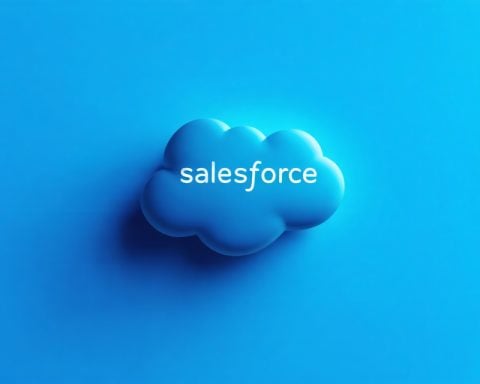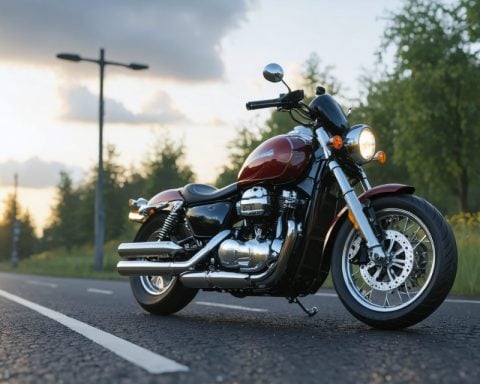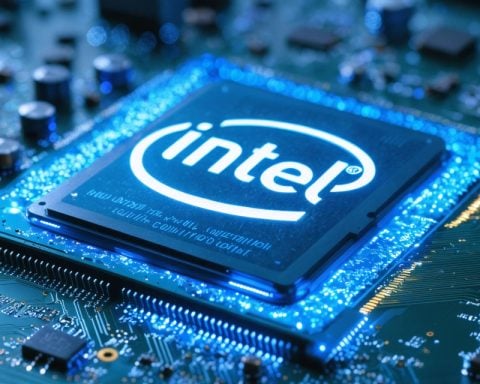- Anheuser-Busch InBev leads the global beer market with a 26.9% share, showcasing robust financial performance despite volume declines.
- The company reported a 2.1% revenue increase in Q3 2024, supported by premium product sales, and offers shareholders a €0.82 dividend per share and a $2 billion share buyback.
- The beverage sector is shifting towards better-for-you drinks, integrating health-oriented ingredients and natural sweeteners like stevia and monk fruit.
- The popularity of non-alcoholic beverages is soaring, with sales increasing by 35%, highlighting a trend towards zero-proof drinks.
- Tariffs pose a challenge to aluminum can production, prompting the industry to innovate under potential constraints.
- The evolving beverage landscape reflects a consumer desire for transformation, whether through healthier options or non-alcoholic choices.
In a world where health consciousness swells among consumers, the beverage industry stands on shifting sands. Companies like Anheuser-Busch InBev, masters of the hops and barley realm, are now rethinking every sip, taste, and can. As the leader in global beer production, holding a staggering 26.9% of the market, Anheuser-Busch isn’t just about fizzy indulgences; it’s about dividends that make portfolios sparkle.
The company saw a modest revenue bump of 2.1% year-over-year in Q3 2024, with gains in premium products sweetening the bottom line. Yet, there’s a noticeable chill as volumes plummet by 2.4% amidst softer demands in giants like China. Still, the financial waters remain lucrative for shareholders, with shares buoyed by a robust €0.82 per share dividend and a newly announced $2 billion share buyback scheme. Such maneuvers ensure that, despite challenges, BUD remains a tantalizing pick for dividend hunters.
This evolution isn’t just malt and hops; it taps into an era where beverages transform into health elixirs. The rise of better-for-you drinks—infused with gut-friendly, mind-energizing goodness—beckons consumers. Yet, watchful eyes remain wary of sugary betrayals, pushing brands to flirt with nature’s sweethearts like stevia or monk fruit.
Moreover, youthful spirits gravitate towards zero-proof libations. With non-alcoholic beer, wine, and spirits sales surging 35% to eclipse $565 million, brands like Guinness 0.0 ride high on a wave of interest.
The beverage world prepares for a future dance with tariffs, which threaten to strain the aluminum can majority amidst looming import charges. Yet, innovation percolates, with the sector poised for a flourish of creativity amid constraint.
In this landscape, whether you’re toasting with or without the buzz, the drink in hand mirrors a thirst for transformation. Cheers to change!
Cheers to the Future: Navigating the Beverage Industry’s Transformation
How-To Steps and Life Hacks for Health-Conscious Beverage Choices
1. Read Labels Carefully: Always check for added sugars, artificial sweeteners, and caffeine levels. Opt for drinks with natural ingredients.
2. Experiment with Ingredients: Make your own beverages at home using fresh fruits, herbs, and sparkling water to control sugar intake.
3. Stay Informed on Trends: Keep up with industry trends by following reputable food media and beverage trade shows.
Real-World Use Cases
– Workplace Wellness Programs: Offering non-alcoholic and low-calorie beverages can foster a healthy, productive work environment.
– Fitness Industry Integration: Gyms and wellness centers incorporate better-for-you drinks to align with consumer health goals.
Market Forecasts and Industry Trends
According to a report by Market Research Future, the global functional beverages market is expected to grow at a CAGR of 6.63% from 2022 to 2028. Driving factors include consumer demand for healthy and fortified drinks.
Reviews and Comparisons
– Guinness 0.0: Regarded as one of the best-tasting non-alcoholic beers, known for maintaining the characteristic richness and texture of its alcoholic counterpart (Source: Beverage Daily).
– Innovative Brands: Athletic Brewing Co. and Heineken 0.0 are highly rated for their taste and commitment to craftsmanship in non-alcoholic options.
Controversies and Limitations
– Sweeteners and Additives: Some consumers are skeptical about the long-term effects of alternative sweeteners like stevia and monk fruit on health.
– Pricing Concerns: Premium and non-alcoholic beverages often come at a higher price point compared to traditional offerings.
Features, Specs, and Pricing
– Premium Beverages: Generally range from $2 to $5 per can/bottle, depending on ingredients and brand positioning.
– Non-Alcoholic Selections: Priced similarly, with premium versions reaching up to $7.
Security and Sustainability
– Aluminum Can Shortages: With tariffs on aluminum looming, the industry faces challenges that necessitate improving can recycling processes and exploring alternative packaging.
Insights and Predictions
– Sustainability Initiatives: Brands are pledging to become carbon neutral by incorporating sustainable practices throughout their supply chains.
– Increased Adoption of AI: AI is expected to optimize production and cater to personalized beverage preferences.
Pros and Cons Overview
Pros:
– Healthier beverage choices.
– Increased variety in non-alcoholic options.
– Eco-friendly production processes gaining traction.
Cons:
– Potential dependency on untested sweeteners.
– Price elevation not accessible to all consumers.
Actionable Recommendations
– Explore: Try different non-alcoholic and low-sugar beverages to find favorites that align with health goals.
– Stay Updated: Follow industry news to anticipate changes in pricing, tariffs, and product availability.
Conclusion:
The beverage industry is transforming rapidly to cater to a more health-conscious demographic. Understanding market trends and product developments will aid consumers in making informed choices that promote wellness without compromising on taste or experience. For further insights into industry innovations, explore resources like Beverage Industry and Drinkpreneur.


